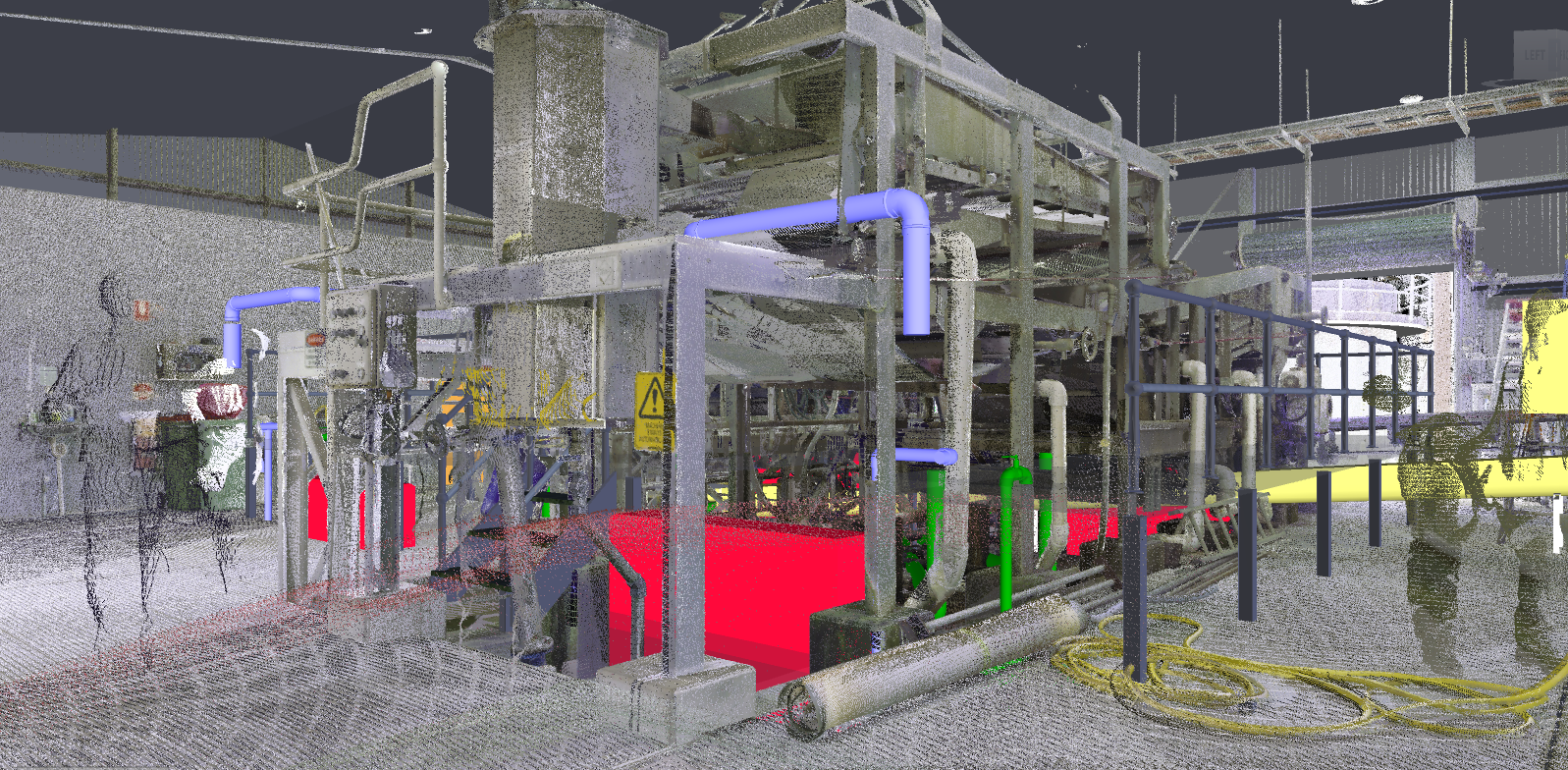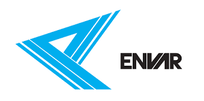
Building Information Modeling (BIM) has been a game-changer in construction, enabling enhanced visualization, collaboration, and efficiency across the project lifecycle. One of the most impactful innovations within BIM is the Scan to BIM methodology, which involves capturing accurate as-built conditions using laser scanning technology and converting that data into a detailed BIM model. As we move into 2025, the question arises: will we see more Scan to BIM adoption in construction projects? The answer is a resounding yes, and here’s why.
Advancements in Technology:
Technology continues to evolve at an incredible pace, making Scan to BIM more efficient, cost-effective, and accessible than ever before. LiDAR (Light Detection and Ranging) and 3D laser scanning technologies have improved in terms of speed, accuracy, and affordability. With the integration of AI and automation, point cloud processing has become faster, reducing the time required to convert scans into intelligent BIM models. Cloud-based platforms and edge computing are further streamlining the process by enabling real-time collaboration and remote access to scanned data.
Increasing Demand for Accurate As-Built Data:
Construction projects are becoming more complex, and stakeholders require precise information to minimize risks, reduce rework, and improve coordination. Scan to BIM provides an accurate representation of existing conditions, making it invaluable for renovations, retrofits, and facility management. With the growing emphasis on sustainability and adaptive reuse of buildings, having reliable as-built data is critical for making informed design and construction decisions.
Enhancing Project Efficiency and Reducing Costs:
One of the biggest drivers of Scan to BIM adoption is its ability to save time and reduce costs. Traditional surveying methods are often time-consuming and prone to errors. In contrast, laser scanning captures millions of data points within minutes, producing highly detailed 3D models that enhance accuracy and reduce the need for multiple site visits. By detecting clashes and inconsistencies early in the process, Scan to BIM helps mitigate costly errors and schedule delays, making it an attractive option for contractors and project managers looking to optimize workflows.
Growing Integration with Digital Twins:
Digital Twin technology, which creates a dynamic, real-time representation of physical assets, is gaining traction across the construction and facilities management sectors. Scan to BIM plays a crucial role in this ecosystem by providing the foundational data needed to develop and update Digital Twins. As organizations increasingly invest in Digital Twin solutions for improved asset management and predictive maintenance, the demand for Scan to BIM will naturally rise.
Regulatory and Industry Standards Driving Adoption:
Governments and regulatory bodies worldwide are pushing for higher standards in digital construction methodologies. Many regions now mandate BIM for public infrastructure projects, and Scan to BIM is becoming an essential component of compliance. As more construction firms aim to meet industry best practices and regulatory requirements, the use of Scan to BIM is expected to increase significantly.
Addressing Labor Shortages and Skill Gaps:
The construction industry is facing a persistent labour shortage, and Scan to BIM offers a way to mitigate this challenge. By automating data capture and streamlining modelling processes, companies can reduce the reliance on manual surveying and drafting. Additionally, as younger, tech-savvy professionals enter the industry, there is a greater willingness to adopt digital tools that improve productivity and project outcomes.
In 2025, Scan to BIM is poised to become even more prevalent in construction projects due to technological advancements, increased demand for accurate as-built data, cost-saving benefits, integration with Digital Twins, regulatory requirements, and industry-wide digitization. Companies that embrace Scan to BIM will gain a competitive edge by improving efficiency, reducing risks, and delivering higher-quality projects. As the construction landscape continues to evolve, Scan to BIM is not just a trend—it’s becoming a necessity.
Draftech – Your Project, Our Expertise
Testimonials
Very professional and efficient organization. Delivered a great product to a tight deadline.
ACE Power
Karl and the team are very professional and have a vast knowledge of BIM coordination.
Dwayne Willaims Babinda Electrics
We had multiple large projects with tight deadlines and needed a company we could trust. The teams delivery, attention to detail and understanding of what is being designed is always executed to a high standard.
Martin O’Donovan Envar Engineers
Draftech offered a flexible and reliable approach to working collaboratively with our team. They met our expectations and quality requirements and also offered up new ideas.
Draftech have proven to be a valuable and trustworthy resource and we will continue to work with Draftech on other projects.
Simon Marsden Umow Lai
Draftech is different from others in the professionalism and features they provide.
The ability to walk through projects in real time online provides invaluable insight into problem areas and helps provide an efficient resolution on the spot without many phone calls, emails and the necessity for us to paw through countless drawings to understand the issues.
Todd Morris Manager - Air mech
Draftech were put forward to FIP Electrical as the solution to Coordinate, Model, carry out clash detection, provide Electrical Services Shop Drawings, as built documentation and completed electrical model.
Simon Thorpe FIP Electrical
In close collaboration Draftech set up all our systems and model deliverables. In this process Draftech have proven to be a valuable resource for us and demonstrated commitment, understanding and professionalism.
David Skelley DJCoalition
Draftech’s attention to detail and proactive nature throughout the project assisted us in identifying issues before becoming evident on site, saving us both time and unexpected costs.
Matt Payne PJM Engineering Services
They delivered very high quality Revit models and associated 2D documentation at key milestones, working to a tight budget and in strict accordance with the Architects’ BIM requirements.
Peter Thomas Geoff Hesford
We found Draftech’s work to be of high standard and the team delivered exactly as agreed, in fact, when we considered the project complete, Draftech put further resources into the project as they were not satisfied.
John Johnson Beca
Engaging Draftech during design gave us the tools to make smart decisions.
Hansen Yuncken Design Manager - Michael Harkins
The drafting service is timely, reliable and fit for purpose for the built environment.
Peter Harvey Harvey Industries
Draftech stands apart from other drafting services that we have previously used in their attention to detail and ability to adapt to the individual client’s requirements.
Doug Holt McCaig Aircon
I can confidently recommend Draftech as a solid and reliable supplier, and experts in their field. I look forward to working with them again in the near future.
Chris Behan Norman Disney & Young
After seeing the benefits Draftech provided us on the Townsville Hospital Redevelopment we have set up a relationship with Draftech and intend to continue to use their BIM knowledge and skills for our future projects.
Brad Lund Energy Power Systems
Draftech has no competition as they are in a class of their own.
John Boyes Babinda Electrics
Draftech Developments Drafting and Design Capabilities, in conjunction with their outstanding level of Client service and support has provided great solutions to our engineering and Drafting Design portions within our Gorgon Barrow Island Project.
Aaron Hazelton Applied Electro Systems Pty Ltd
Draftech set up necessary systems and workflows very quickly, but also setup auditable estimating and weekly cost tracking processes that we utilised, requiring little maintenance.
TOM PURDON MPM GROUP




























